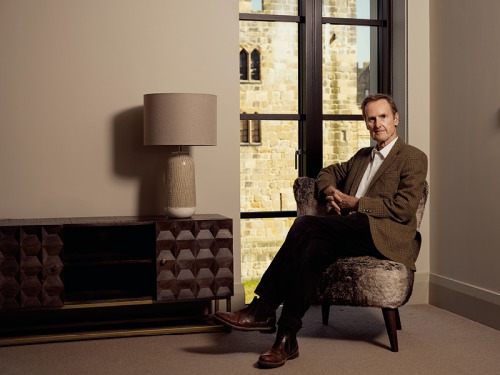Meet the Alnwick-born Astronomer Who Changed The Way We Track Time
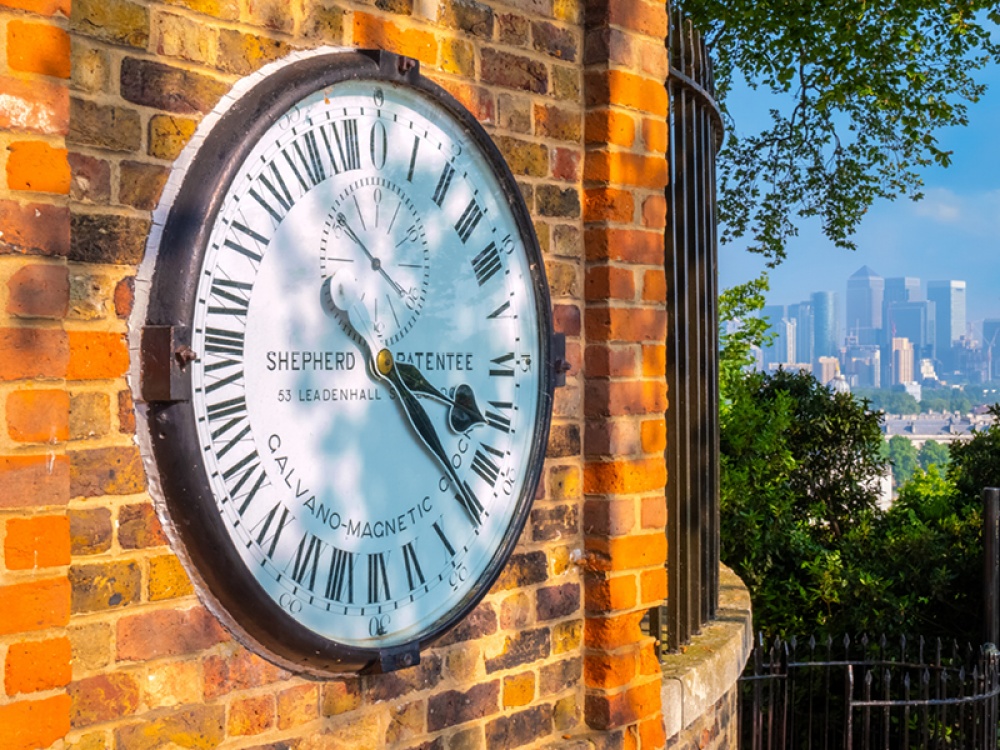
In the 1800s, an Alnwick-born astronomer changed the way we keep track of time forever
We last spoke to Mark in 2022 when he published Grace, a book about the life of Grace Darling before and after the famous Forfarshire rescue. Since then, he’s found a passion for telling untold stories from Northumberland's past. ‘I’d finished Grace and during research for that, I’d come across Lady Josephine Butler, who I’m sure I’d heard of but really knew too little about – and that became the second story in this little series,’ says Mark.
A stroll through Alnwick led him to the inspiration for this third book, when he spotted a blue plaque commemorating the life of George Biddell Airy. ‘It’s on Grosvenor Terrace, just off Clayport Street, which is right in the middle of the town,’ Mark tells us. ‘And it says he was an Astronomer Royal. You think, how did someone born in that little house become one of the leading figures in Victorian Britain? I started looking into him, and sure enough there was a real story to be told, so The Secret Life of Father Time became the third in this little series. It’s his life story, and some of it is fictitious, but I think that’s true in any historical piece (you know A is true, and C is true so you invent B as a way to get there), but the bones of this story on his life are fundamentally true, whilst there’s also my personal take on his story.’
From the age of 13, George often stayed with his uncle, Arthur. ‘He had a really inauspicious start and it was the time he spent with his uncle Arthur, who had a few books in the house, where his interest in astronomy began to take root,’ explains Mark. ‘It’s an extraordinary story starting from absolutely nothing.’
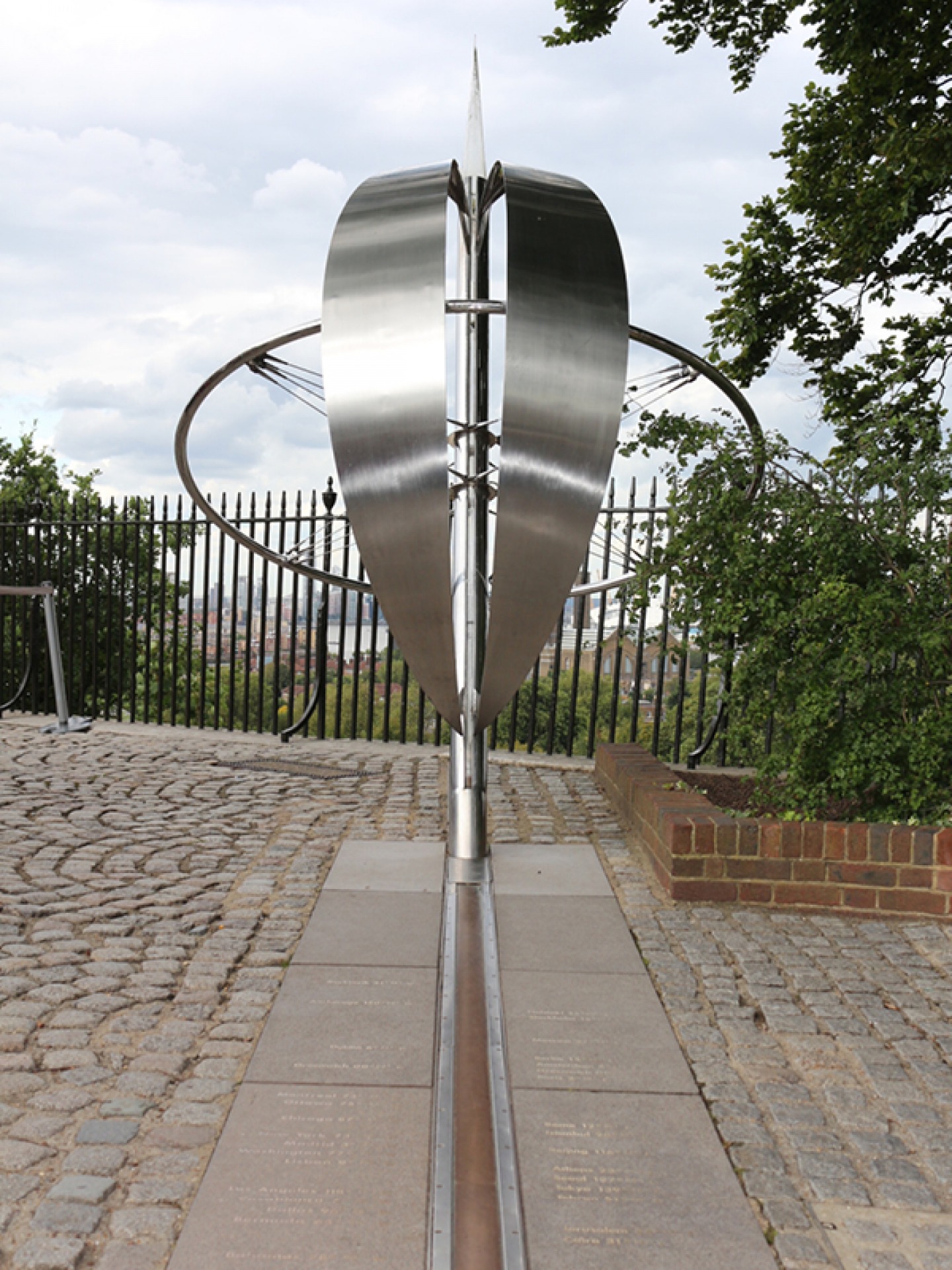
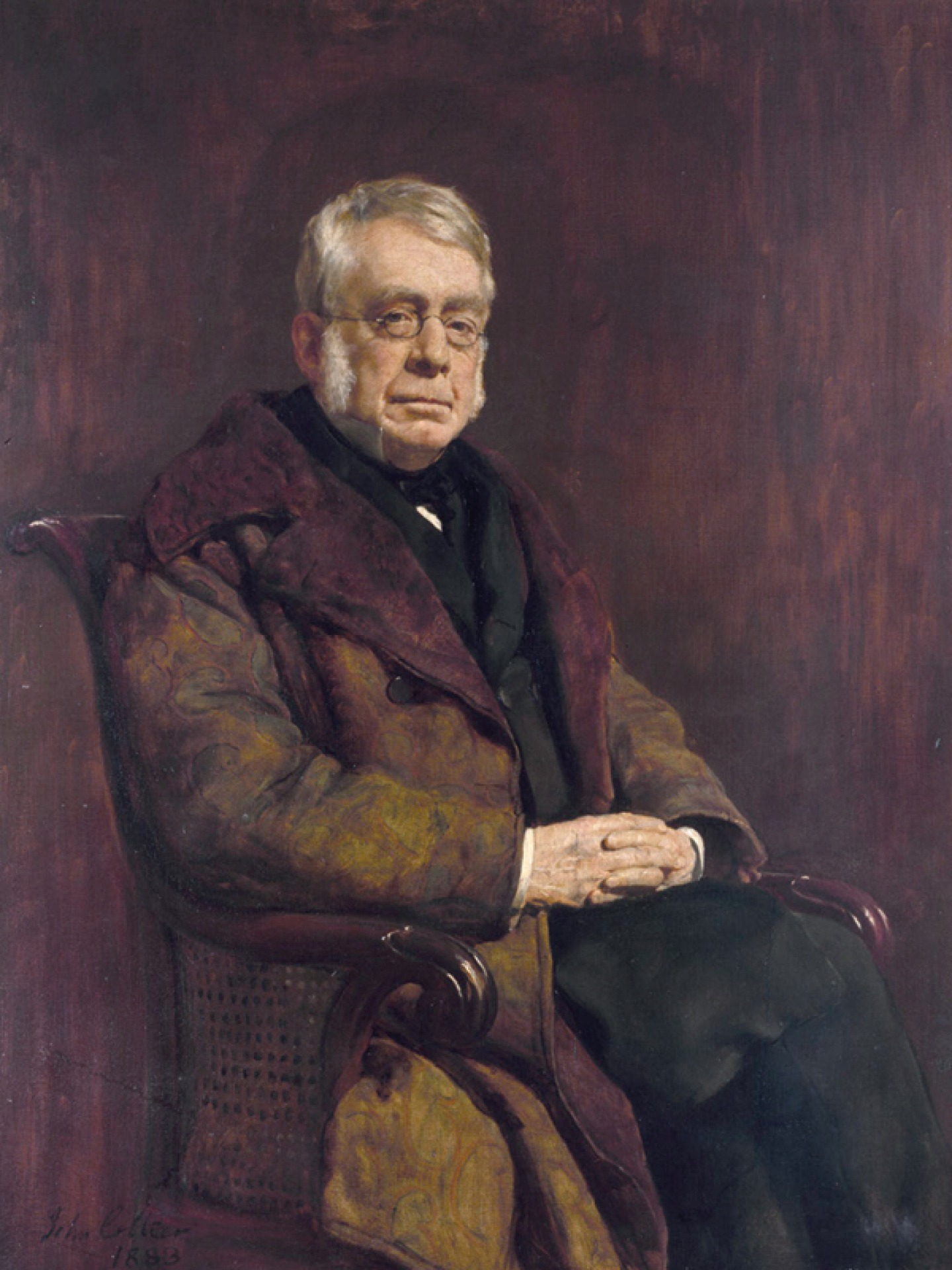
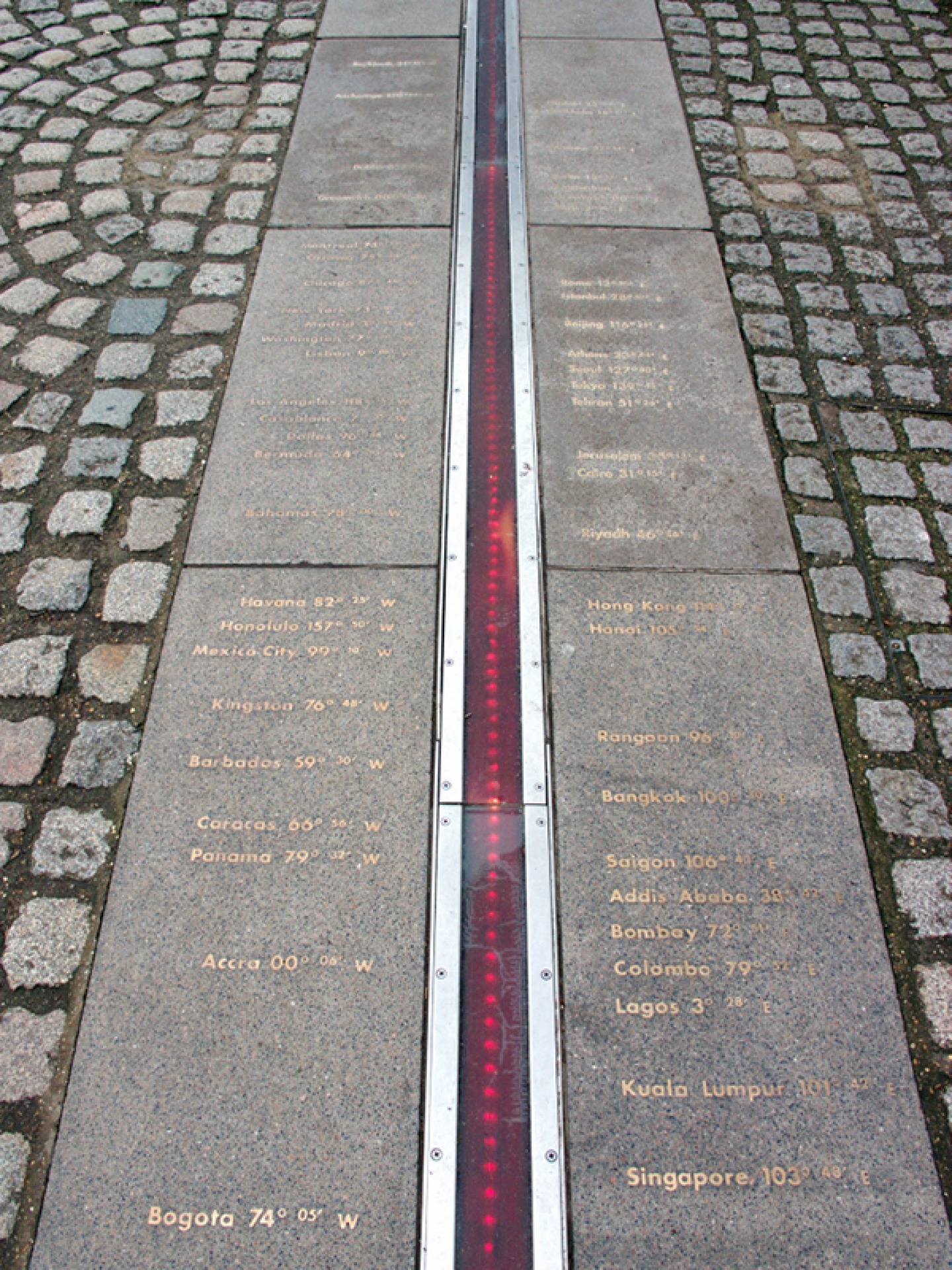
‘George left a legacy of important scientific achievements, having dedicated his life to accurate timekeeping and safer navigation’
Although Mark describes George as a ‘prickly character’, he does admit he began to admire George the more he learned about him. ‘He was very short-sighted but worked out how to make his own lenses to correct his eyesight,’ Mark laughs. ‘He went to Dollond & Aitchison (they were well-known back then, now Boots Opticians), and they said “sorry we can’t help you, there are no lenses that will correct your vision defect”. So he said fine, okay, and went off and made them himself! It’s extraordinary to have the ability to that. I’d never have been able to do that in a million years.’
As Mark’s research continued, he became more and more fascinated by George. ‘One thing I found very helpful was that one of his sons, Wilfred Airy, edited a kind of biography of his father. It’s really a collection of a lot of his writings rather than a formal biography, but one of the points that his son makes in that is that his father was an absolute stickler for good order, process and procedure, and that was very helpful – I thought that has to be the fundamental peg that all of this is hung on. That was a driving force in George’s life, wherever it came from, that everything had to be kept properly and literally nothing was ever thrown away. Everything was filed and he could always go back and find things. He kept all of his workings.’
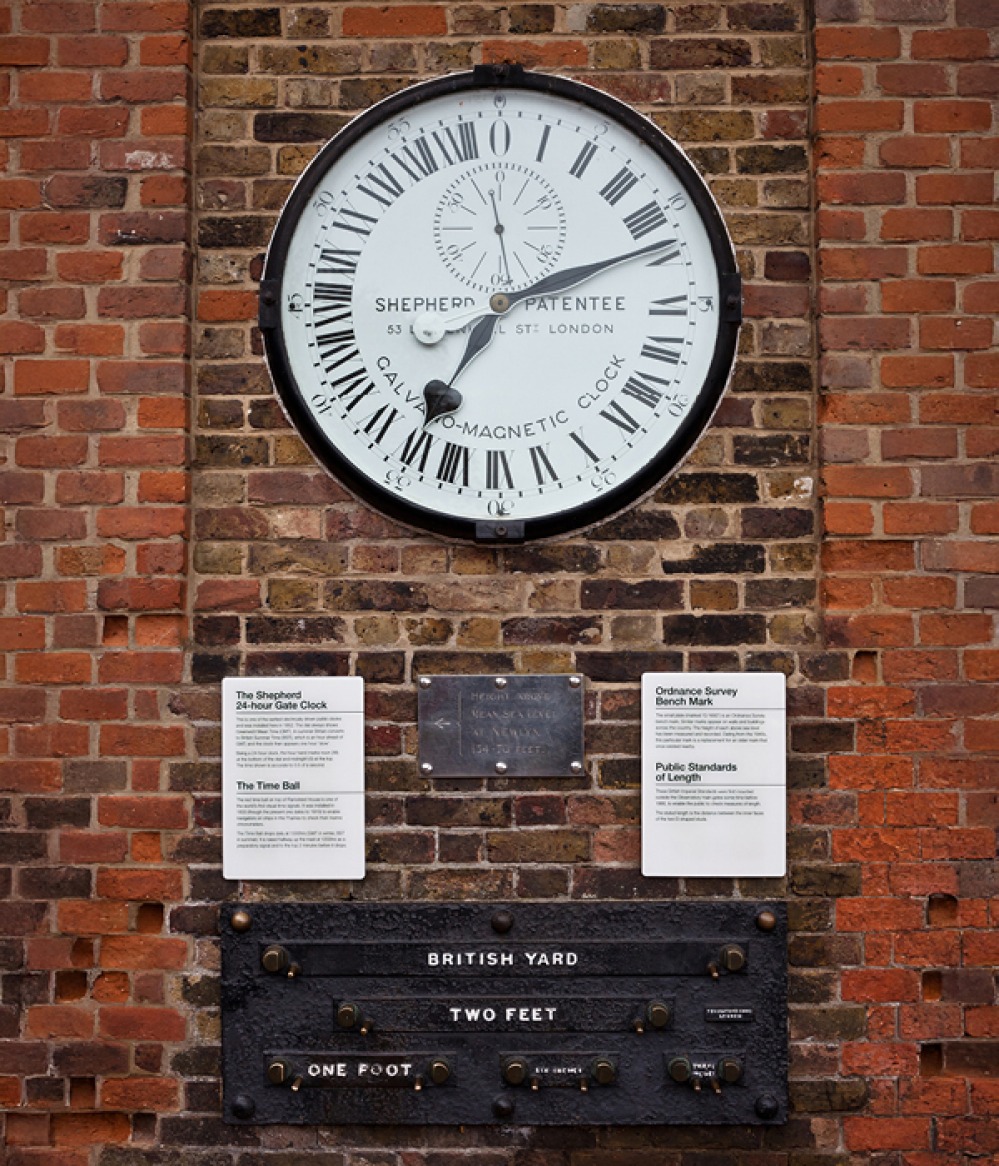
The book, The Secret Life of Father Time, explores George’s dedication to astronomy and his love for his family, and takes the reader from Northumberland, Cambridge and Greenwich to Paris, New York and Washington DC.
George left a legacy of important scientific achievements, having dedicated his life to accurate timekeeping and safer navigation. He was Astronomer Royal at the Royal Observatory in Greenwich from 1835 to 1881 where he lived with his wife and children, and during this time he designed the legendary Airy Transit Circle telescope which defined the prime meridian at the Royal Observatory, underpinning Greenwich Mean Time as a global standard.
In the early 19th century people in Britain kept track of time by clocks regulated by the sun (local mean time) which meant someone in one part of Britain might be on a different time to those in another part. That didn’t matter too much until the railways brought faster travel and needed a reliable timetable to stick to. The Airy Transit Circle was installed in 1850 and first used in 1851 (later than planned due to classic British weather). A ‘transit instrument’ like this is lined up with a north-south line, or meridian, and can be used to measure the angle and time at which a star crosses the meridian. These two measurements give co-ordinates which can be used to make a star chart, and observations of stars with the transit circle were used to set Greenwich Mean Time. The Airy Transit Circle’s accuracy was fundamental to improving navigation. ‘All good astronomers tried to put in new telescopes to improve the observatory in Greenwich when they arrived there but George worked out mathematically himself how he could build the best telescope there could possibly be – and he did,’ says Mark.
It was later agreed that the prime meridian (which was marked by the cross-hairs in the Airy Transit Circle eyepiece) would indicate 0° longitude and that would be the start of the Universal Day for the whole world.
‘The key thing George did was to set Greenwich Mean Time as the most reliable and accurate standard of time keeping,’ says Mark, ‘and because navigation was taken from the movement of the stars, it became a way to keep sailors safer at sea because they could navigate on the high seas more accurately and know on the ocean, when there was nothing in sight for day after day after day, better where they were, and George made that possible. The work he did in Greenwich made that possible.
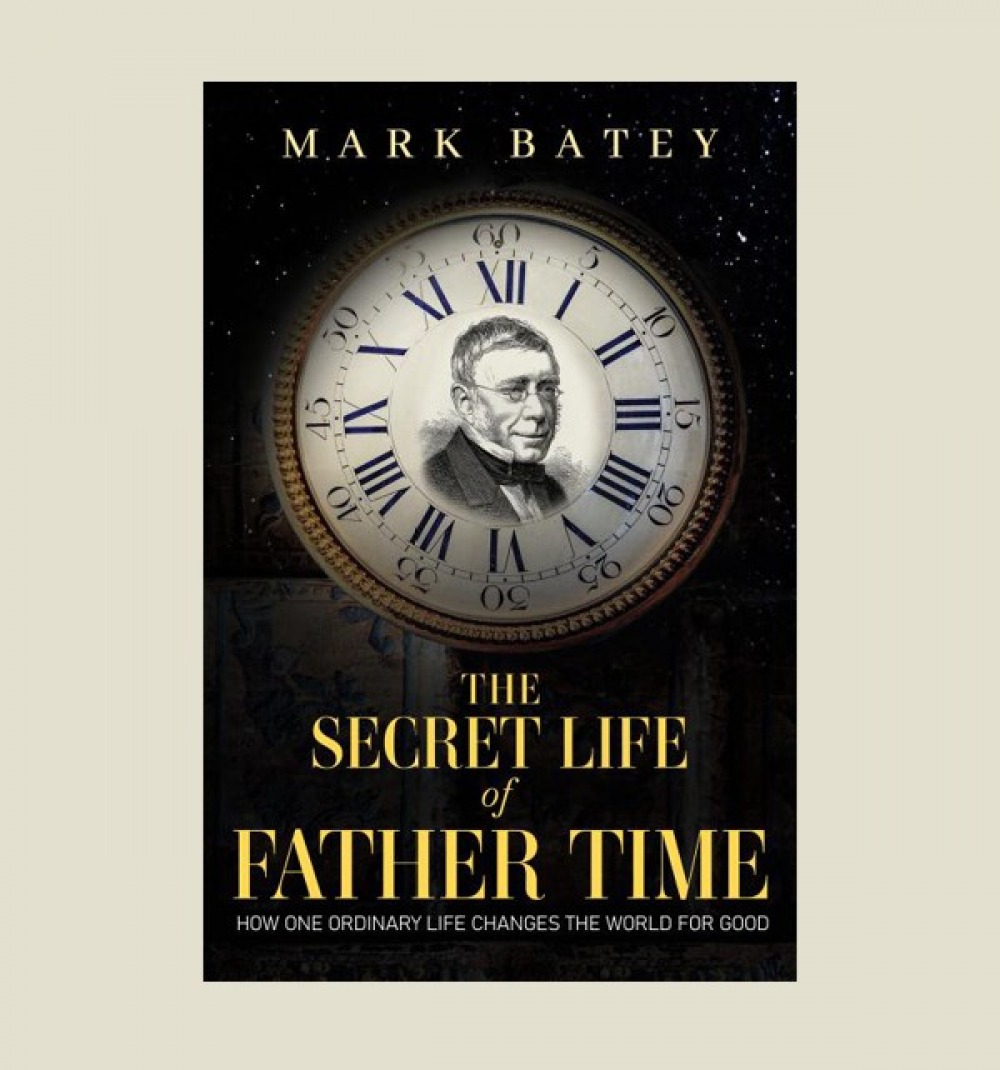
‘We take it for granted today. It’s unthinkable that anything else was previously the case, but go back just 200 years, just a few generations in the grand scheme of things, and he was making this up as he went along. The bones of it were there and the Royal Observatory was there in Greenwich, but navigation at a time when shipping was growing and the industrial revolution was demanding a lot more vessels out at sea, was a massive issue.’
The theme of time flows throughout The Secret Life of Father Time. ‘The key thing that George was instrumental in triggering was this idea that we are very familiar with today – the interconnected nature of the modern world,’ Mark explains. ‘What happens in America has impact in stock markets across the world. I think George was absolutely one of the figures who could see the benefits of the world telling the same time. This is one world in a gigantic universe with unknown numbers of planets, and it goes back to his drive for good order, it was just the right thing to do. The implications of that are still playing out today.’
George’s story is largely forgotten, and Mark admits that before spotting that blue plaque he knew nothing about him. ‘There are a lot of other figures from the North East who I think have been largely forgotten,’ he adds. ‘Academics would probably disagree. Professional astronomers will absolutely know George (there’s no question of that with the Airy-0 crater on Mars), but as far as the general public are concerned (and I’d include myself in that), I think he has faded away. That’s why I called the book The Secret Life of Father Time, because I think his life has drifted into secrecy in a way. I think it deserves being brought to life again and I think it’s rather inspiring, and quite timely.’
As Mark’s other books have done for Grace Darling and Josephine Butler, The Secret Life of Father Time will help keep George’s legacy alive. ‘As wonderful a place as London is, not everybody who ever did something came from London,’ laughs Mark. ‘I do think there is something about the North East and Northumberland in terms of the resilience and the adaptability that is characteristic of life in the region. At this time, in the 19th century, there was such an unbelievable period of change with industrialisation, and I do think that there is something in that – in the nature that helps to instil in you a sense of resilience and ability to adapt to circumstances.’






